Legend has it that before 1954, people around No market area (Duong No village) and Duong Mong and Trung Dong villages on both sides of Pho Loi river (now Duong No ward, Hue city), and even throughout Thua Thien province, spread the word about an old duck herder with extraordinary martial arts skills. With a bamboo pole, he could easily jump across Pho Loi river to herd the ducks back to the pen. In fact, due to his duty of teaching martial arts to Viet Minh cadres, he had to disguise himself as an old duck herder to fool the French secret police.
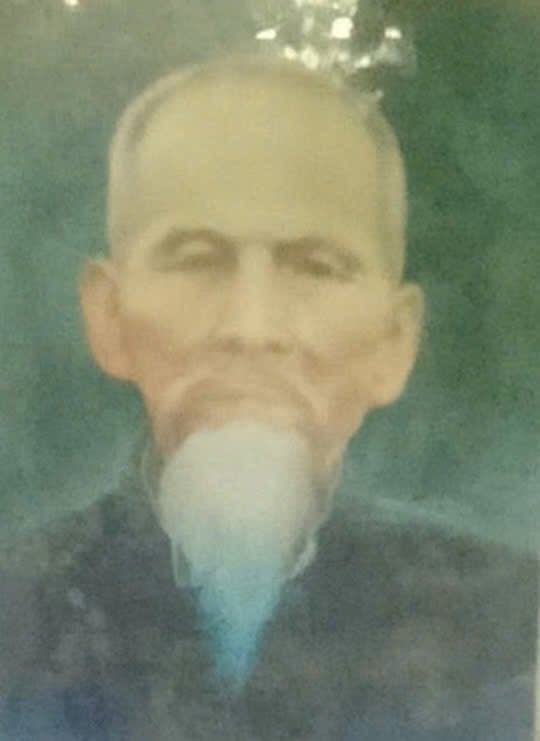
Portrait of the late martial arts master Nguyen Huu Can
Photo: Nguyen Huu Hoang
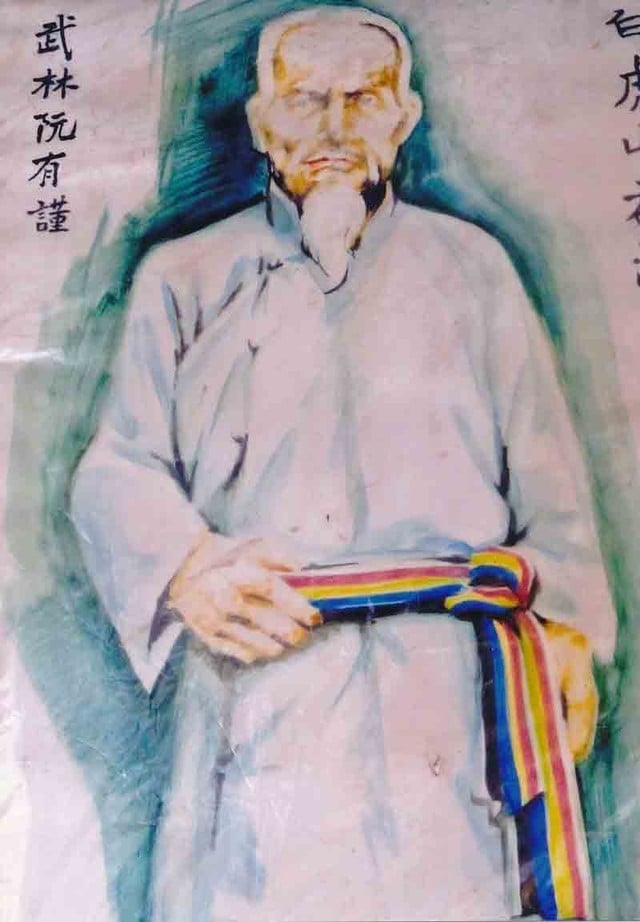
Portrait of late martial arts master Nguyen Huu Can
PHOTO: DOCUMENTARY
The old man herding ducks is martial arts master Nguyen Huu Can, the 20th generation head of our martial arts sect - Bach Ho Son Quan sect.
The reputation of the old duck herder's excellent martial arts skills became more and more widespread, causing many young people in the province as well as Viet Minh cadres to come and learn. In response to the demand for learning from the youth of the time, martial arts master Nguyen Huu Can accepted and taught. From here, many people were taught the excellent martial arts skills and later formed many different branches of martial arts in the ancient capital of Hue.
Martial arts master Doan Phu, son of Mrs. Nguyen Huu Thi Truc, younger sister of the late martial arts master Nguyen Huu Can, said that he was taught the unique tiger martial arts of the Nguyen Huu family by his mother and uncle. Mrs. Nguyen Huu Thi Truc was also taught martial arts by her father along with her brother (martial arts master Nguyen Huu Can). Martial arts master Doan Phu is currently the head of the Vo Ta - Tiger Fist Dao sect in Duong No village.
The wonderful creativity of Vietnamese people
According to martial arts master Doan Phu, in Eastern folk beliefs, the tiger is considered the king of the jungle, symbolizing strength and majesty, and is sanctified with the sacred mission of exorcising evil spirits and demons. Therefore, in spiritual life, there are tiger talismans and tiger guardians painted and carved into statues to be worshiped in temples, communal houses, shrines, and shrines.
"Tiger martial arts is a wonderful creation of the Vietnamese people, taking the symbolic movements of tigers in simulated survival combat, combined with the principles of yin and yang (hardness - softness), five elements (mutual generation, mutual inhibition...) to form moves for practice, building a martial arts philosophy that carries the identity of the school. Tiger martial arts on the outside (yang) trains tendons, skin, and muscles to create lines of fists and feet; on the inside (yin) trains energy, internal strength, and inner force as the foundation of health and martial arts", shared martial arts master Doan Phu.
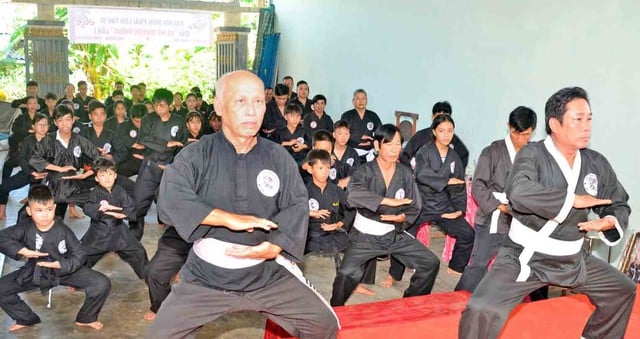
Martial arts master Doan Phu (left) and his students pay homage to their ancestors
PHOTO: D.P
From that foundation, the sets of boxing were formed. Tiger boxing (hard boxing) uses the strength, bravery, majesty, and ferocity (baring fangs, extending claws) to intimidate, control, and then destroy the opponent with a decisive move and a majestic roar (Tiger Roar Boxing). Tiger tail boxing (soft boxing) uses the flexibility, undulation, hardness within the softness, and softness within the hardness of the tiger's tail (tiger tail) when growling, wagging its tail to rush forward to catch prey as an image. Tiger tail boxing moves are often skillful, when pulled to the right range, they use the force to push back and make the enemy "fall to the ground". Borrow the enemy's strength to attack, trap, lock, and then destroy the enemy with tiger boxing.
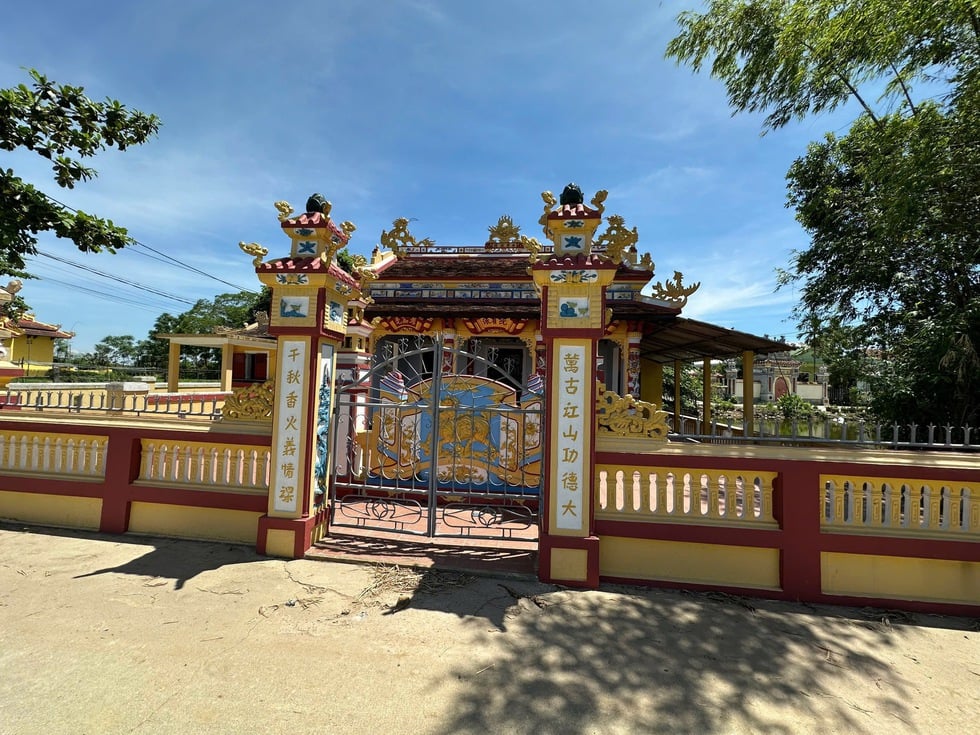
Nguyen Huu family temple in Mai Xuan village, where a branch of descendants of Le Thanh Hau Nguyen Huu Canh stopped and passed on the Bach Ho Son Quan sect.
Photo: Nguyen Huu Hoang
In the tiger fists of our Martial Arts - Tiger Fist Way, there are tiger fists and tiger tail fists that are harmoniously and skillfully coordinated with each other to achieve the effect of hardness and softness in performing the fists, training the body, hands, feet, and eyes to be smooth, making the internal strength and energy exerted through the force and divine power of each corresponding fist. Besides tiger fists and tiger tail fists, the most distinctive feature of tiger martial arts is tiger roar fist - practicing the tiger's roar to open the lungs, making the voice clear, showing the majesty of the martial artist, also making the opponent afraid, exhausted hands and feet to then control the opponent and end the match.

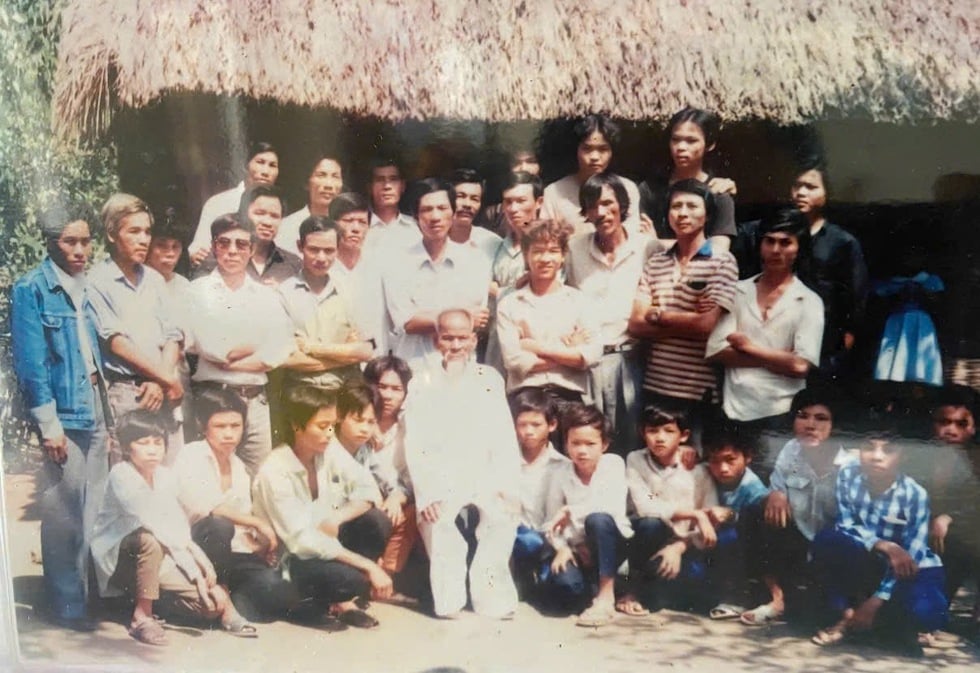
Late martial arts master Nguyen Huu Can (white shirt, middle) with his disciples
Photo: Family archives
Tiger Martial Arts's forms include: Tiger's First Fist, Black Tiger's Claw Fist, Green Tiger's Four Fist, Red Tiger's Thunder Fist, Yellow Tiger's One Fist, White Tiger's Flower Fist, Five Tigers Suppressing the Mountain Fist, and Tiger's Roar Fist. In addition, in terms of health-preserving martial arts, there are also White Tiger's Flower Fist and Crouching Tiger's Power.
Martial arts master Doan Phu is over 70 years old this year, but his body is strong and his voice is resonant and full of inner strength. Every afternoon, when his students arrive, he puts on his martial arts uniform and goes to the field to practice and teach martial arts to his students. "The essence of martial arts is to teach people to be healthy, to live confidently, and not to be afraid of evil and tyranny. People who have martial arts therefore have calmness and confidence in life no matter what they do or where they are," martial arts master Doan Phu shared. (to be continued)
Source: https://thanhnien.vn/tinh-hoa-vo-hoc-xu-hue-ong-lao-chan-vit-voi-huyen-thoai-vo-thuat-185250624223318557.htm



![[Photo] Prime Minister Pham Minh Chinh meets with representatives of outstanding teachers](https://vphoto.vietnam.vn/thumb/1200x675/vietnam/resource/IMAGE/2025/11/15/1763215934276_dsc-0578-jpg.webp)

![[Photo] Panorama of the 2025 Community Action Awards Final Round](https://vphoto.vietnam.vn/thumb/1200x675/vietnam/resource/IMAGE/2025/11/15/1763206932975_chi-7868-jpg.webp)

![[Photo] General Secretary To Lam receives Vice President of Luxshare-ICT Group (China)](https://vphoto.vietnam.vn/thumb/1200x675/vietnam/resource/IMAGE/2025/11/15/1763211137119_a1-bnd-7809-8939-jpg.webp)
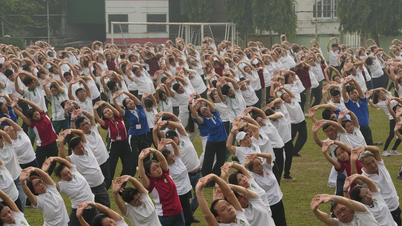

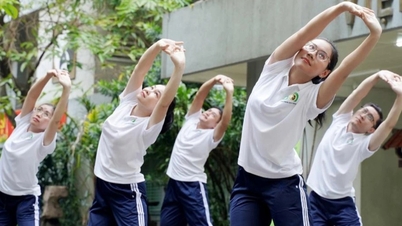

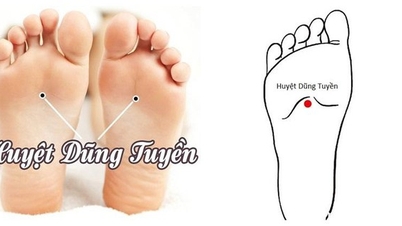

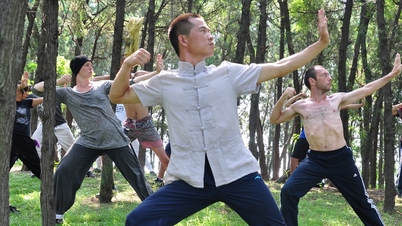






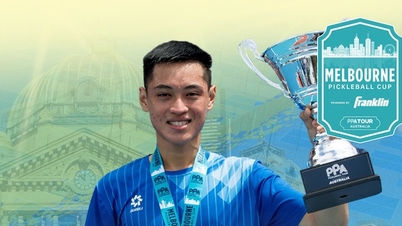


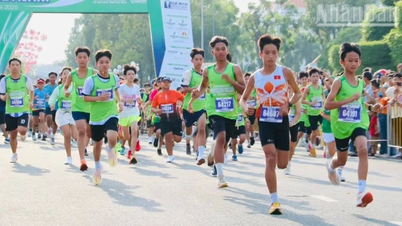







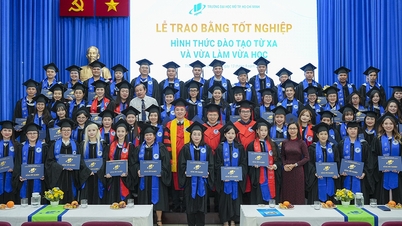

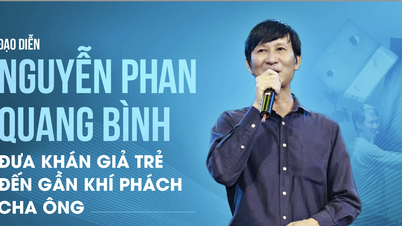
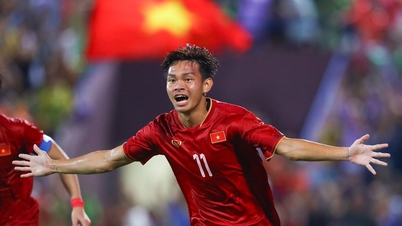
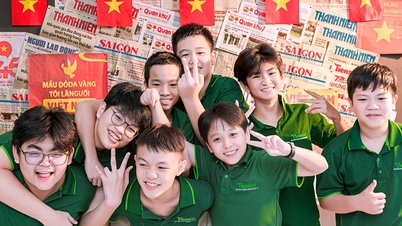



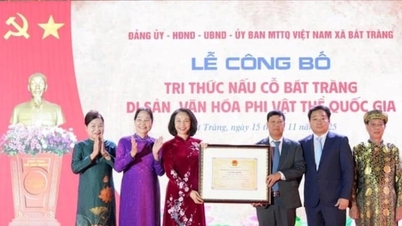

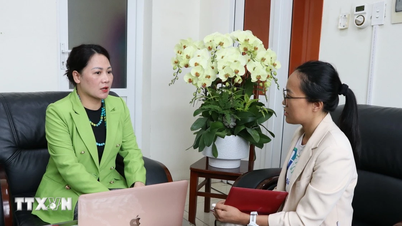

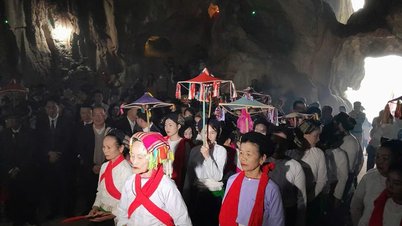

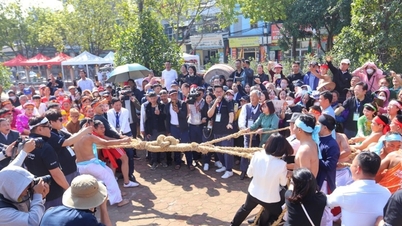

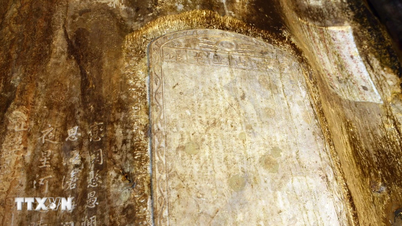
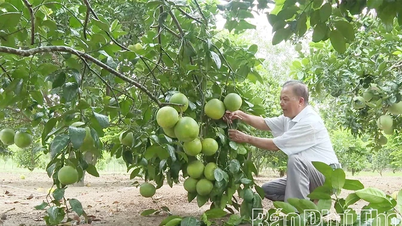


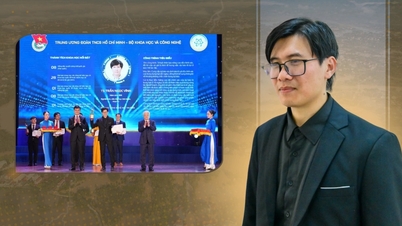
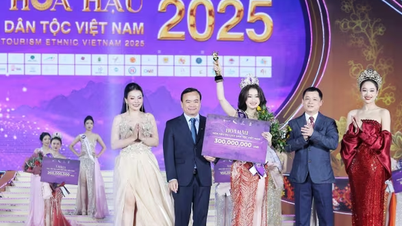

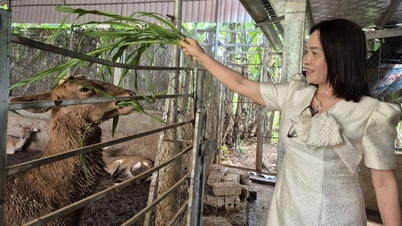







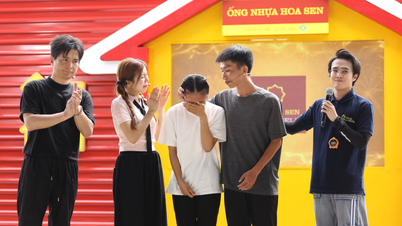




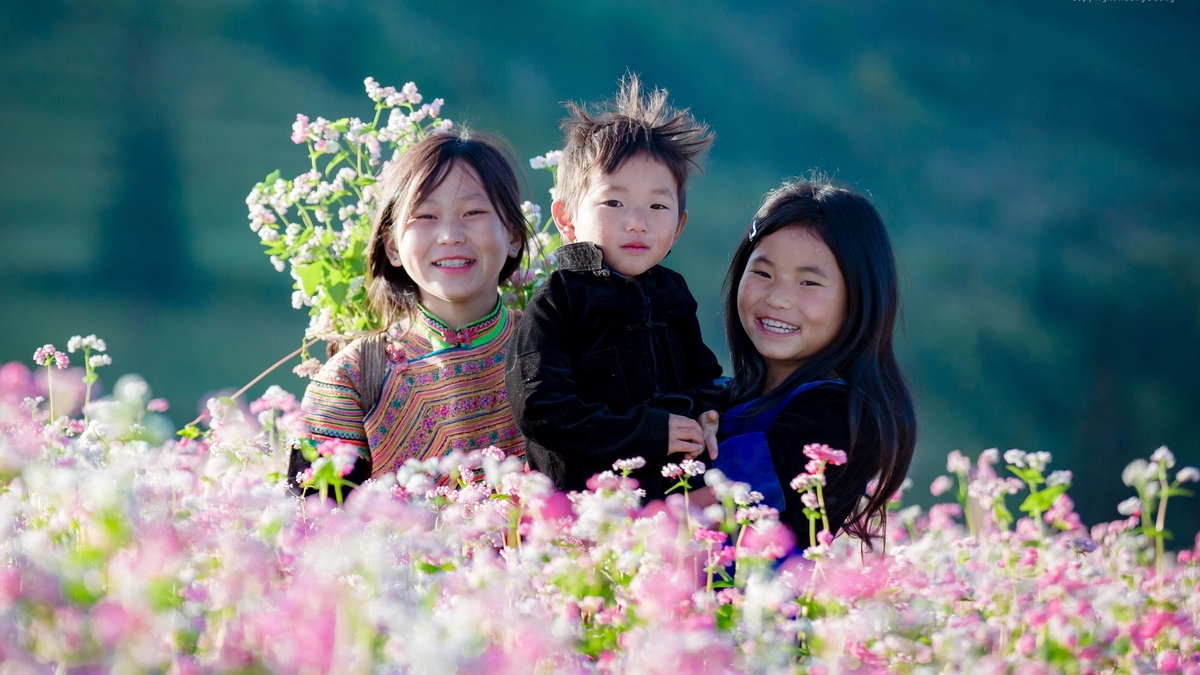


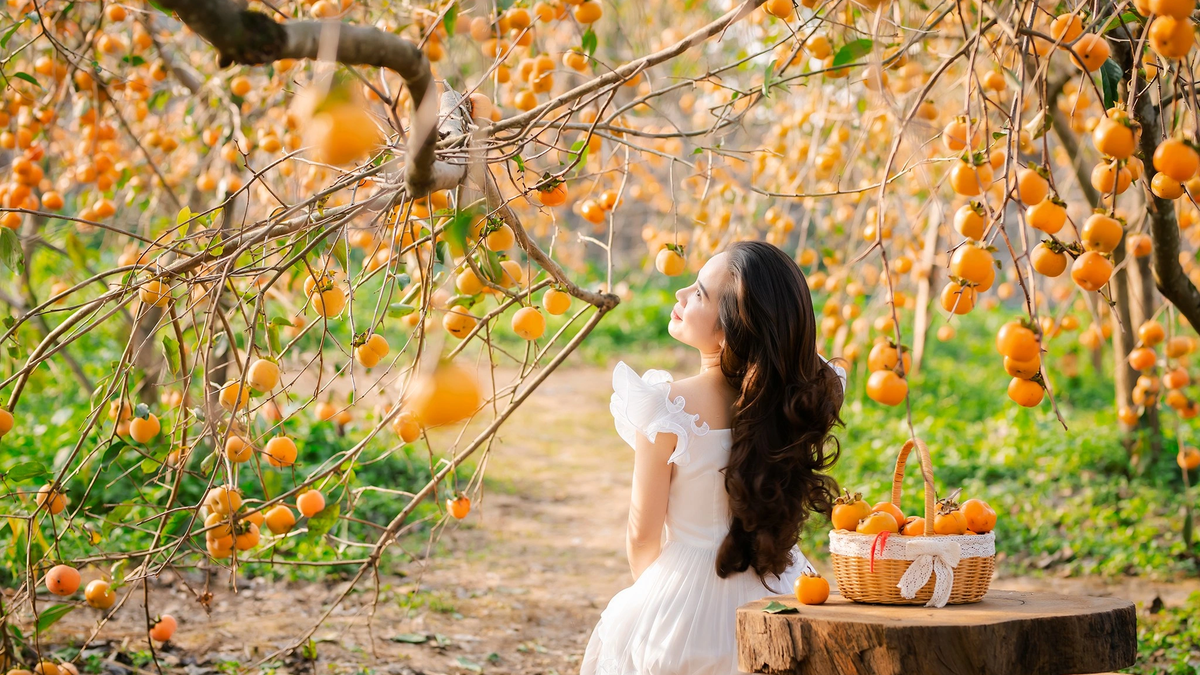
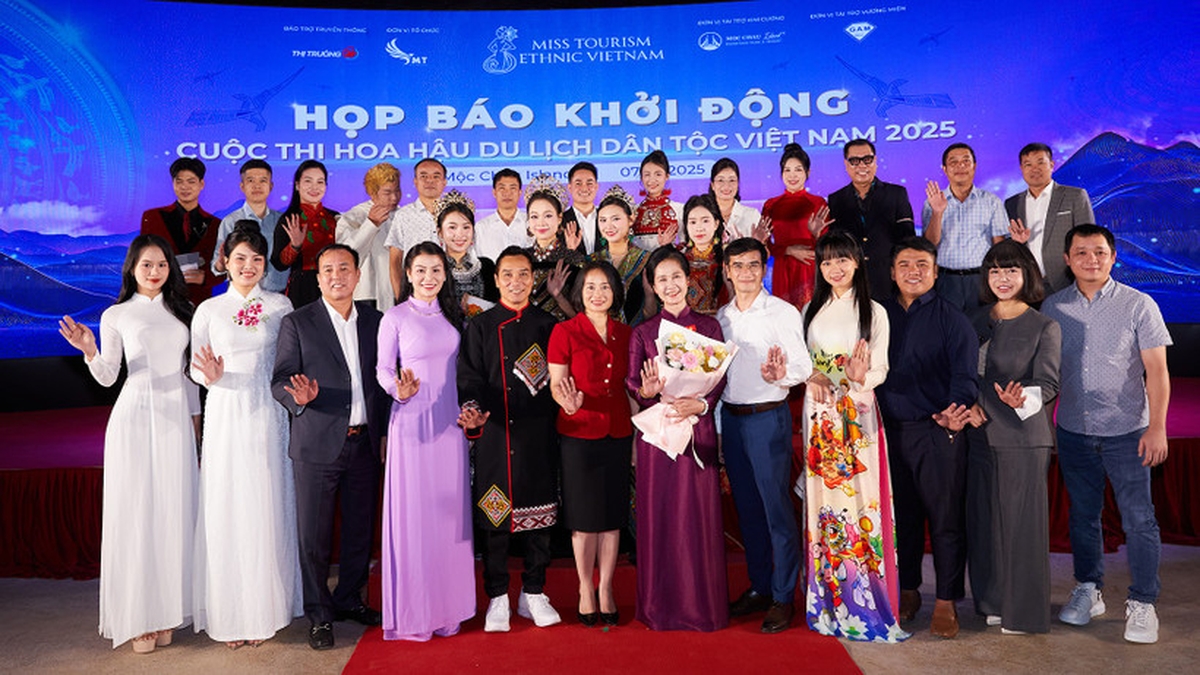



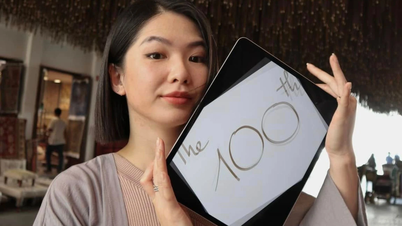
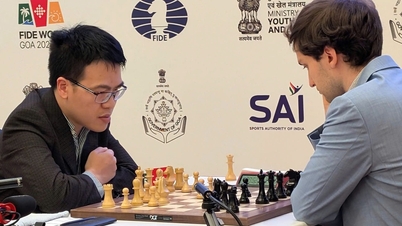




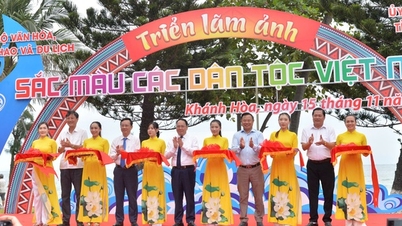


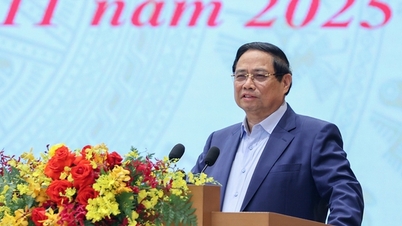

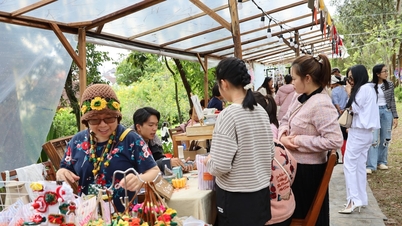

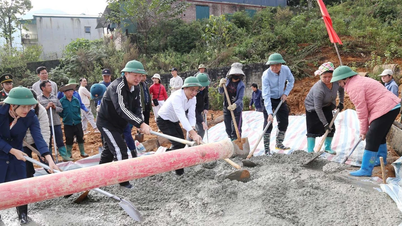





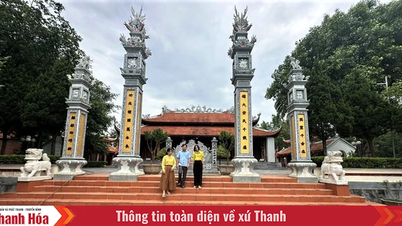
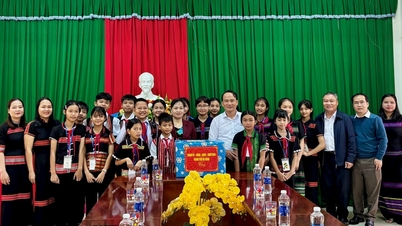









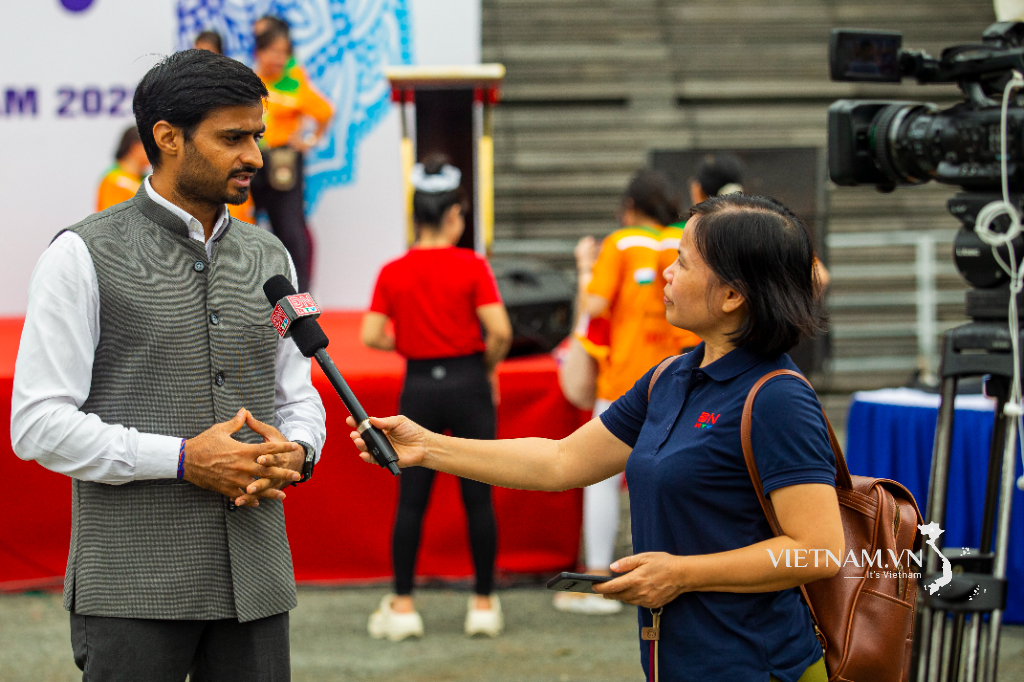
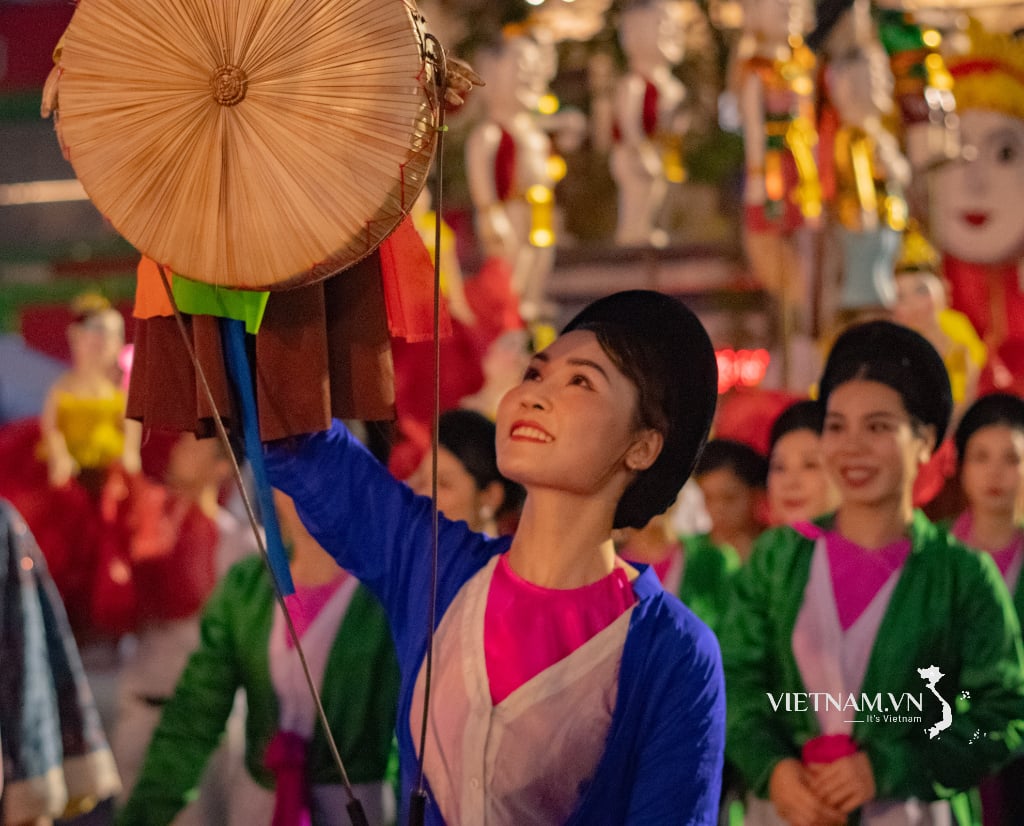
Comment (0)